REVIEW – You’ve probably heard that carbon monoxide (CO) is “the silent killer” as it is colorless and odorless. You can get carbon monoxide detectors for the home, but what about something portable? I got a chance to check out the TOPTES Guard-101, a 4 gas monitor that fits in the palm of your hand.
What is it?
The TOPTES Guard-101 is a rechargeable handheld detection device that monitors four paramters: CO (carbon monoxide), LEL (lower explosive limit), O2 (oxygen) and H2S (hydrogen sulfide). It has user-adjustable alarms and alerts the user with light, sound and vibration.
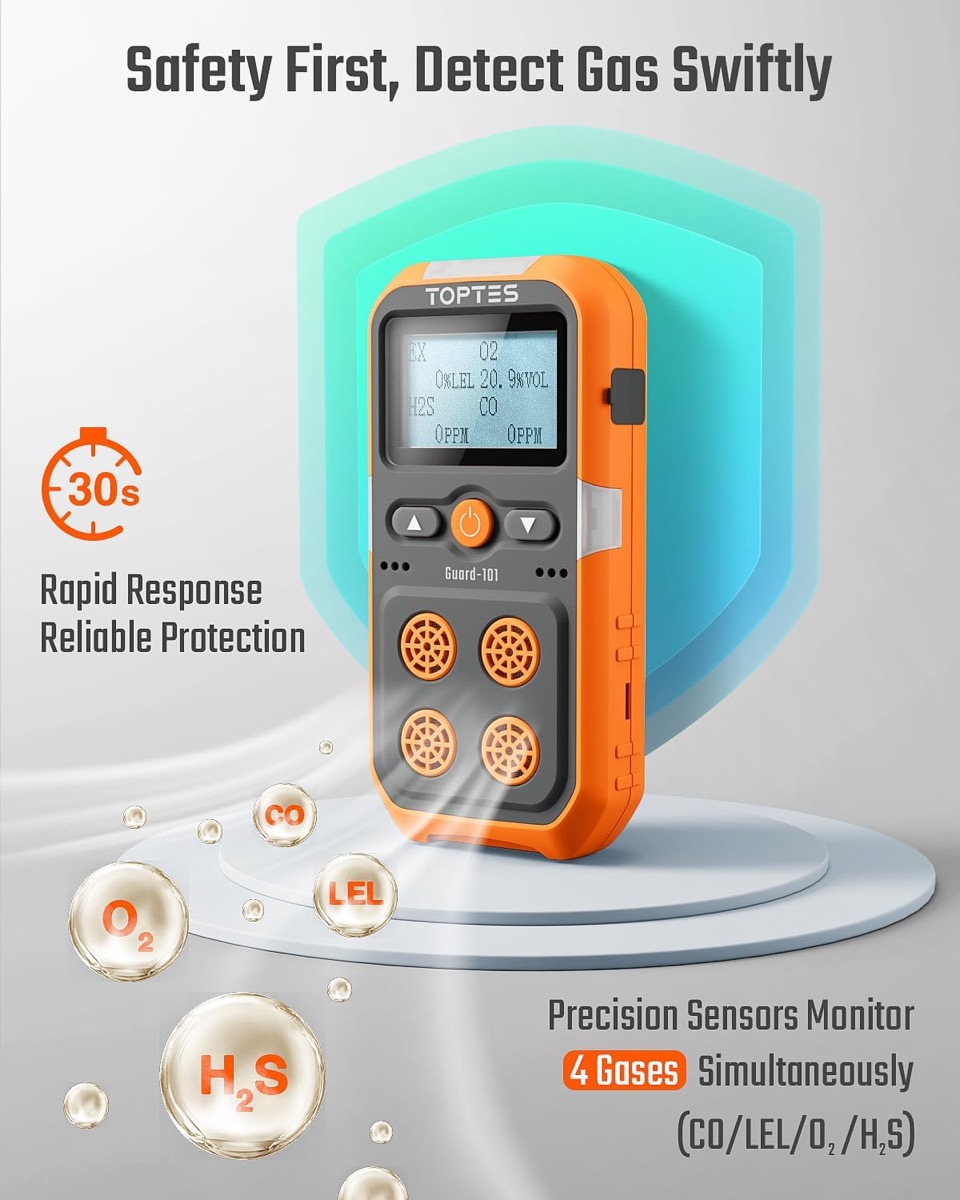
What’s included?
- TOPTES Guard-101 gas monitor
- USB-C charging cable
- Clip-on sensor hood
- Instructions
- Padded, hard carry case
Tech specs
Click to expand
Operating Environment: -4°F to 122°F: Humidity < 95% RH (non-condensing)
Operating Voltage: DC 3.7V lithium ion battery, 2000 mAh
Explosion-proof Mark: Ex ip IIB T3 Gb
Charging time: 6 to 8 hours
Standby time: 12 to 14 hours under standard conditions
Sensor lifespan: Combustible gas, hydrogen sulfide, carbon monoxide: 2 to 3 years. Oxygen 5 years.
Dimensions: 5.12″ x 2.56″ x 1.77″ (13 x 6.5 x 4.5 cm)
Weight: 7.05 oz (0.2kg)
Storage environment: 14°F to 131°F: Humidity < 85% RH
%LEL resolution of 1%, range 0-100 % LEL
%O2 resolution of 0.1% vol, range 0-30% vol
H2S measured at 1 PPM increments, range 0-100 PPM
CO measured at 1PPM, increments, range 1-1000 PPM
Design and features
The TOPTES Guard-101 gas monitor comes in a hinged hardshell case. It’s not Pelican Case quality, but good enough.
There are three buttons on the front of the Guard 101, and a strong metal clip on the back.
Here’s a closeup of that clip. It’s got a pretty ferocious grip.
There’s a USB-C port for recharging, covered by a rubbery flap.
Also included is a clip-on hood. I imagine this would be good for a more concentrated, pinpoint way of sensing, or air sampling via hose.
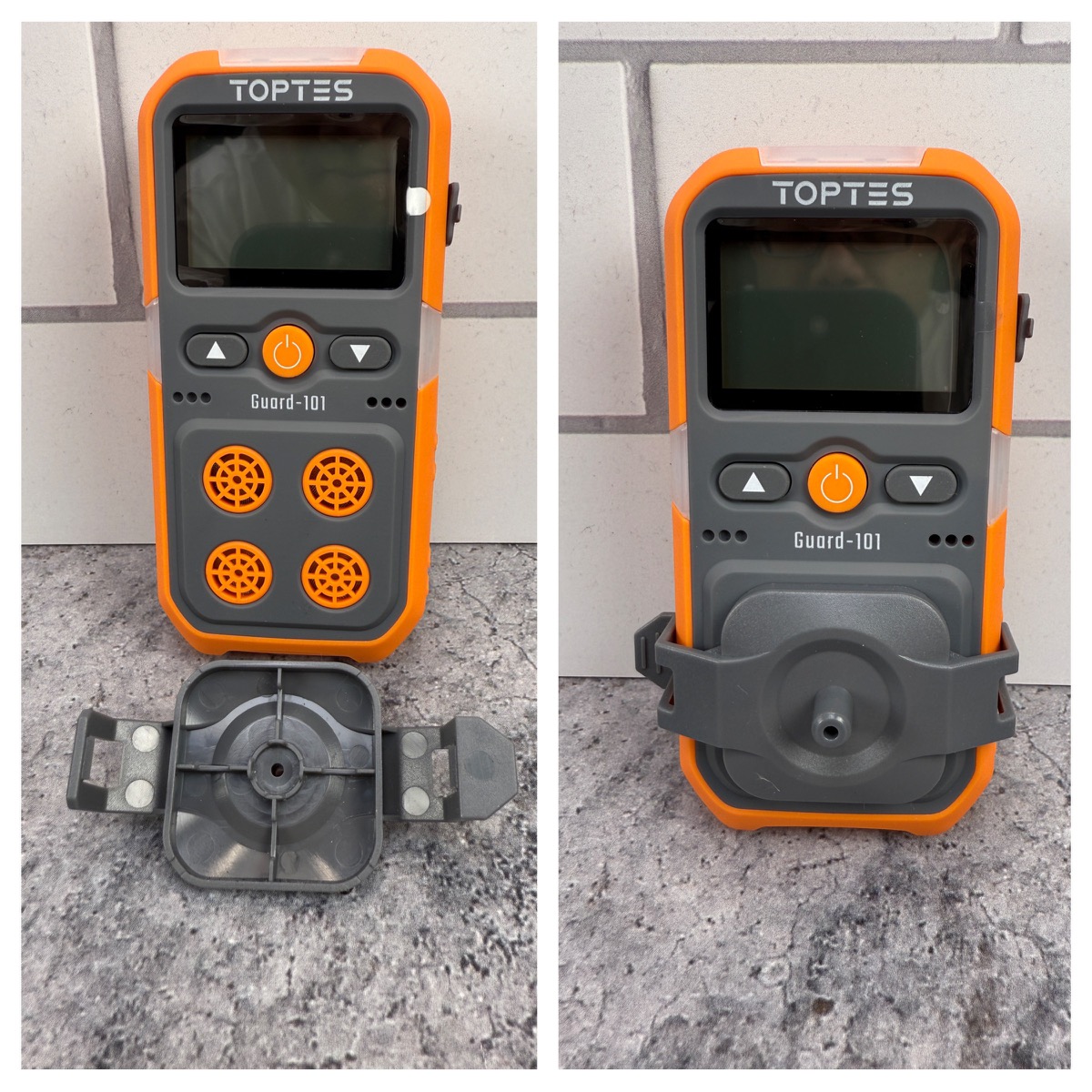
Assembly, Installation, Setup
The screen lets you know the TOPTES Guard-101 gas monitor is charging when the USB-C is plugged in.
When you power up, the Guard-101 goes through a startup sequence. Here, you can see the monitor flash its red alert LEDs, a vibration alert, and an audible alarm.
Below is the main screen. There is a bluish-white backlight that only stays on a few seconds after the last button press.
In the upper left, EX displays the percent LEL. The lower explosive limit (LEL) of any given gas is the lowest point of concentration (percentage by volume) at which it becomes flammable in the atmosphere. For example, when measured between 5% and 17%, methane is able to ignite. I do not know if the Guard-101 is specifically calibrated for any specific gas or gasses.
In the upper right, O2 displays the percent oxygen by volume.
In the lower left, H2S displays the level of hydrogen sulfide in parts per million (PPM).
In the lower right, CO displays the level of carbon monoxide in parts per million (PPM).
Another screen shows date, time, battery level and firmware version.
There are several pages of menus.
Zero Adjust, according to the manual, allows you to add or subtract a set value from the actual detected gas concentration. It is used when calibration gas is unavailable, but the displayed value deviates from zero.
Cal Gas is a password protected function for use by professionals to prevent users from accidentally affecting regular operation. The default password is “69”.
Alarm Set lets you create set points for each parameter when the monitor will alert you.
Alarm Rec lets you view previous times the alarm thresholds were met.
Factory Mode is another password protection function. Default Setting means exactly that.
Here’s an example of the Alarm limit settings, and the Alarm Rec screen.
Performance
To test the TOPTES Guard-101 gas monitor, I took a propane torch which can release the gas when you partially squeeze the trigger. Don’t do this unless you’re in a well-ventilated area.
I placed the nozzle next to the monitor. I didn’t know it at the time, but I forgot to unclip the gas “hood”. It did not seem to affect the performance.
I set the EX (%LFL) to go into alarm at just 1%. I sent puffs of propane near the monitor inlet. In this clip, I captured the moment (after about 10-15 seconds) when the monitor alerted to the alarm threshold. Notice the carbon monoxide (CO) also gives a reading.
What I like about the TOPTES Guard-101 gas monitor
- Inexpensive
- Rechargable
- Easy to use
What needs to be improved?
- No certificates of calibration in the box (available from manufacturer)
- Be aware that sensors have a finite lifetime (up to 5 years for O2)
Final thoughts
If you need a gas monitor that life and safety depends on, you may want something with a certificate of calibration of some sort. At this price point, the TOPTES Guard-101 monitor is definitely an affordable, easy to use tool if you work in confined spaces or around hazardous atmospheres.
After first posting this review, I was told that there is a certificate of calibration- it’s just not included in the box. TOPTES sent an example for the Guard-101:
And, an excerpt from testing:
Price: $99.99
Where to buy: Amazon (Save 10% with code: J5NWG
Source: The sample of this product was provided for free by TOPTES. TOPTES did not have a final say on the review and did not preview the review before it was published.

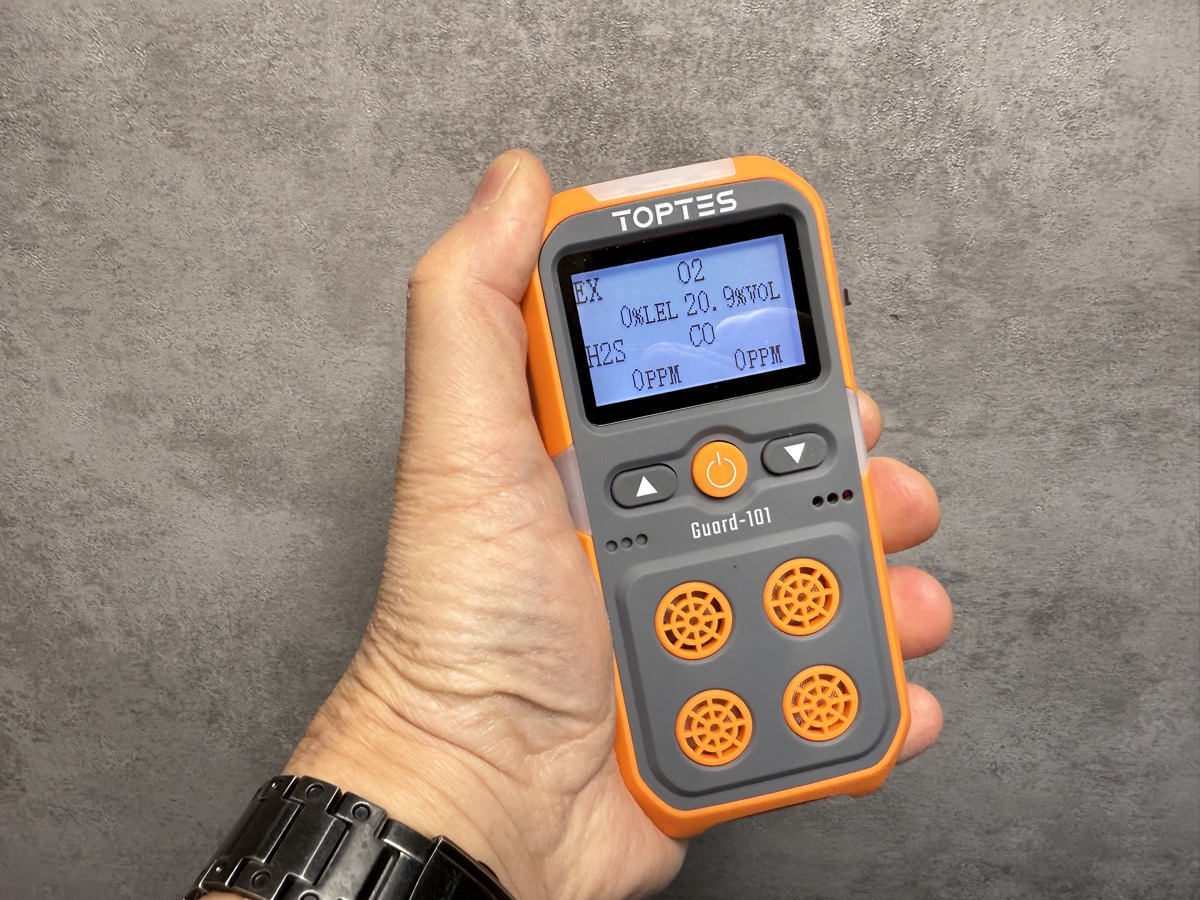
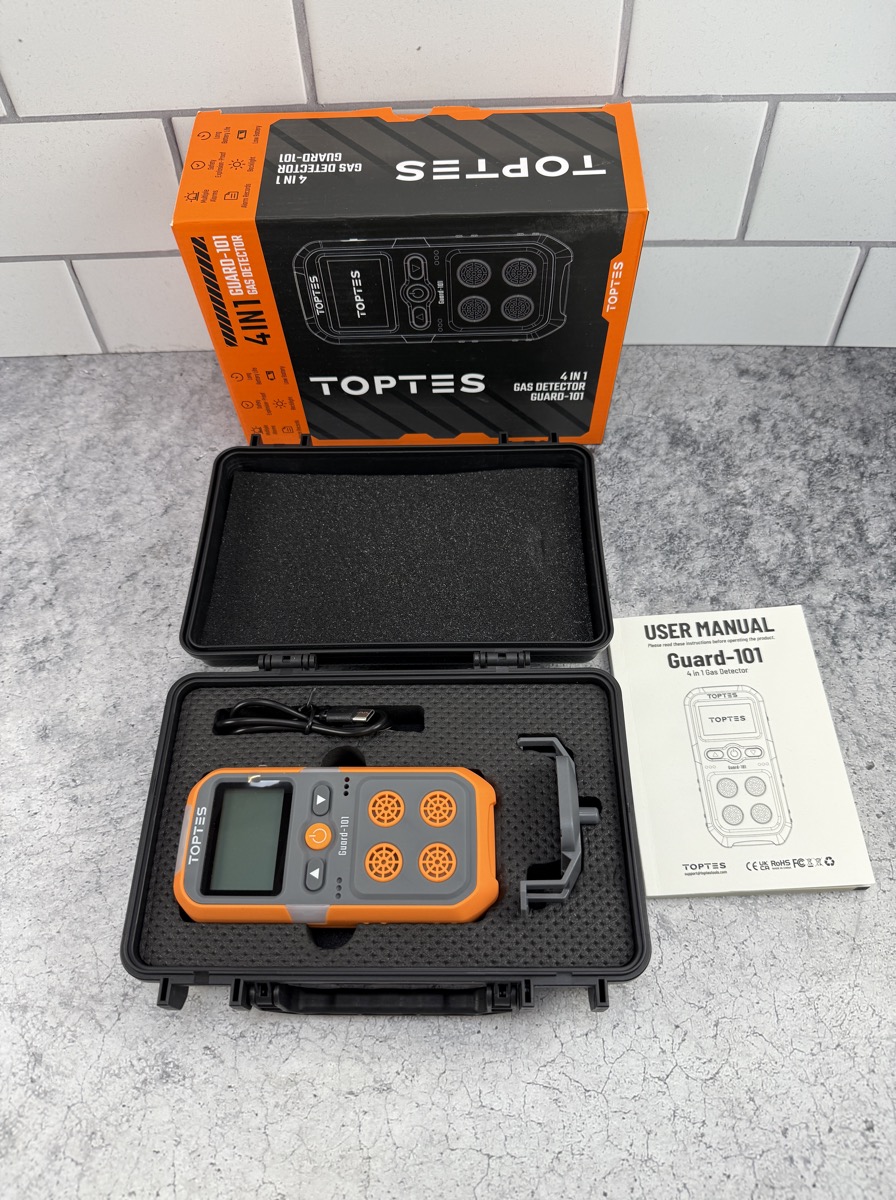
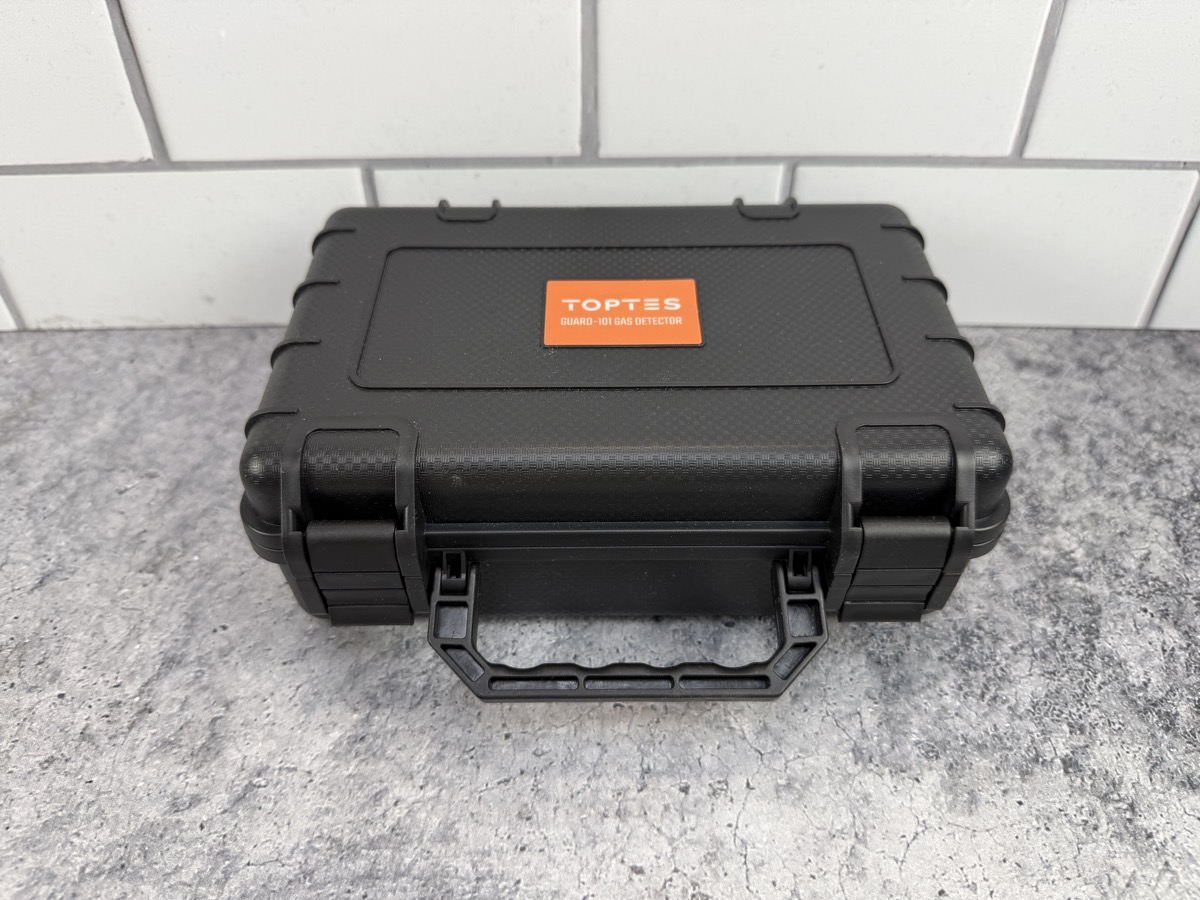
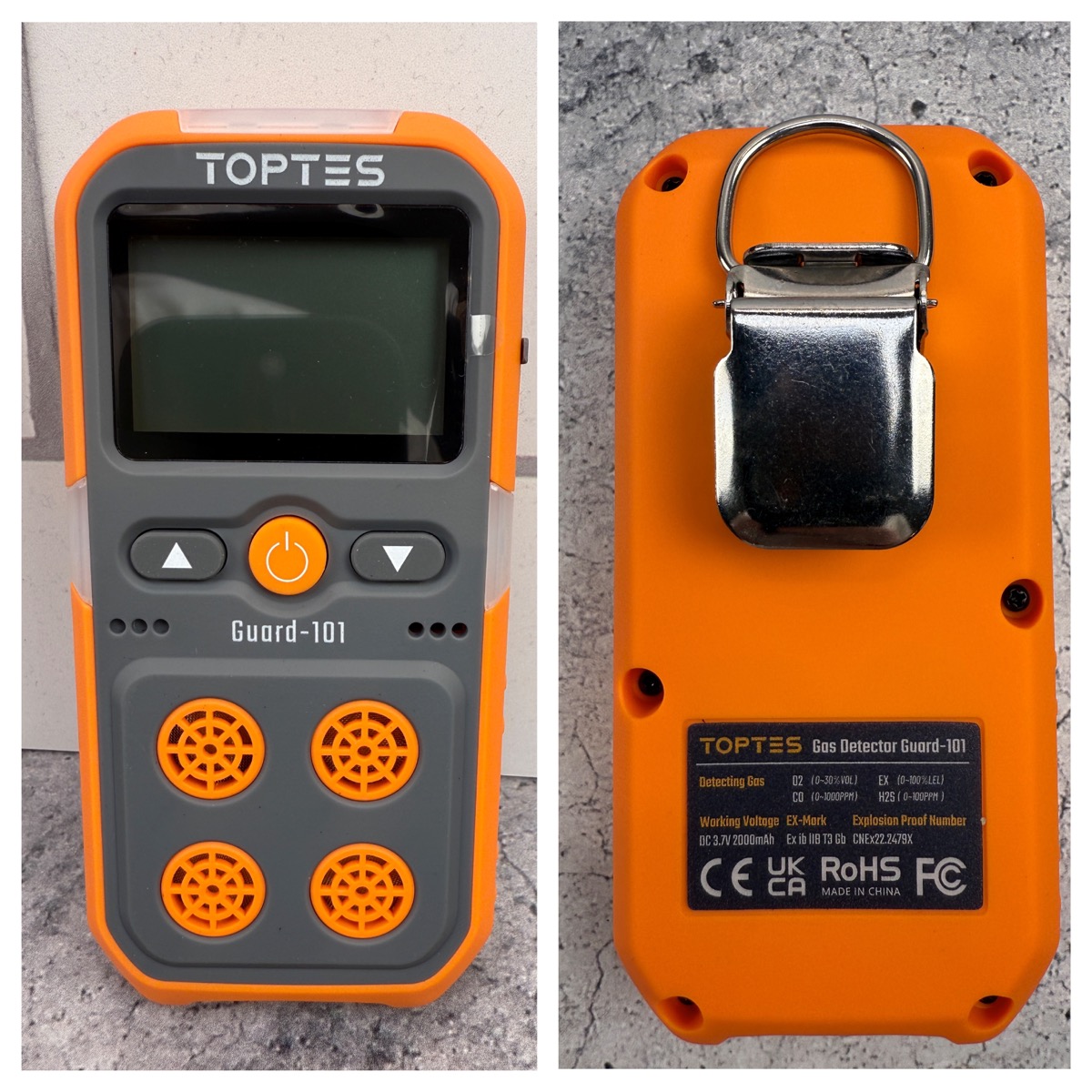
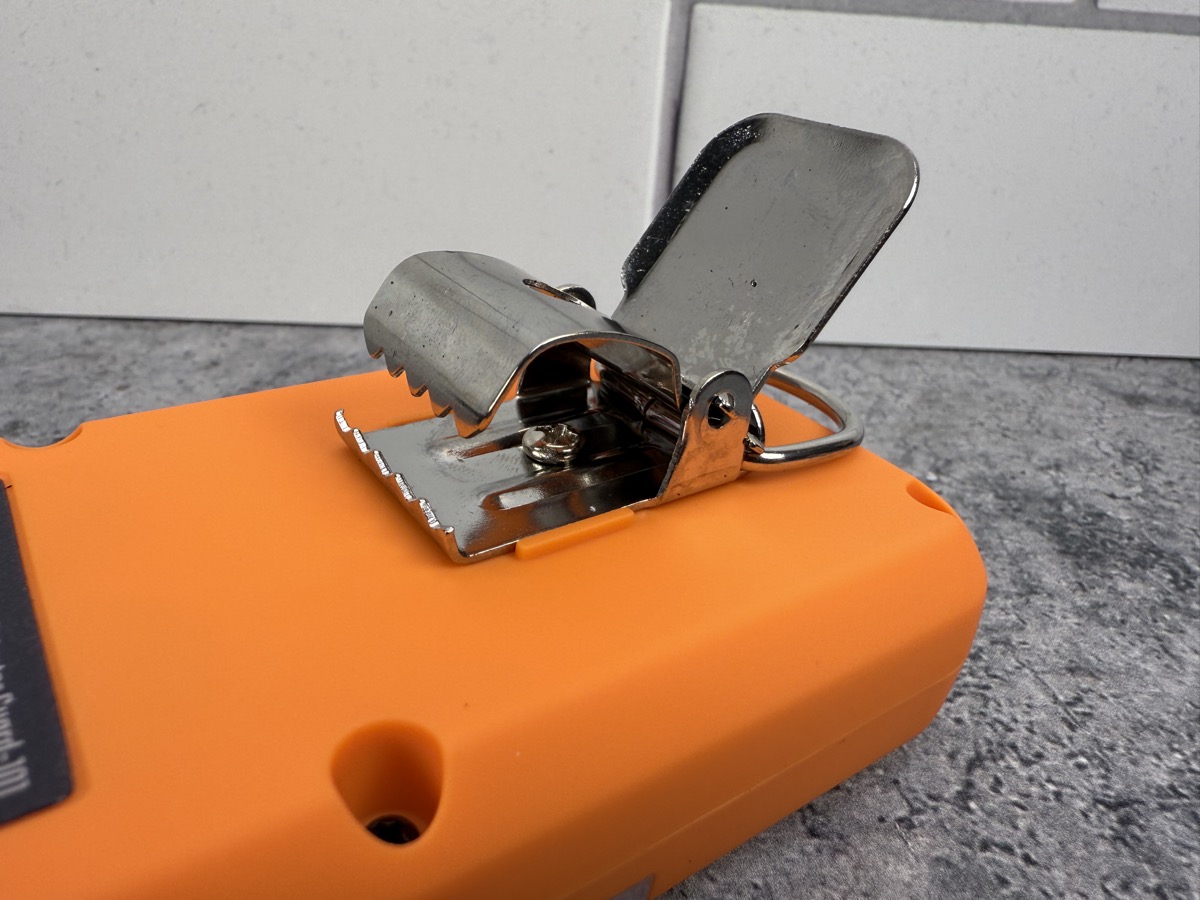
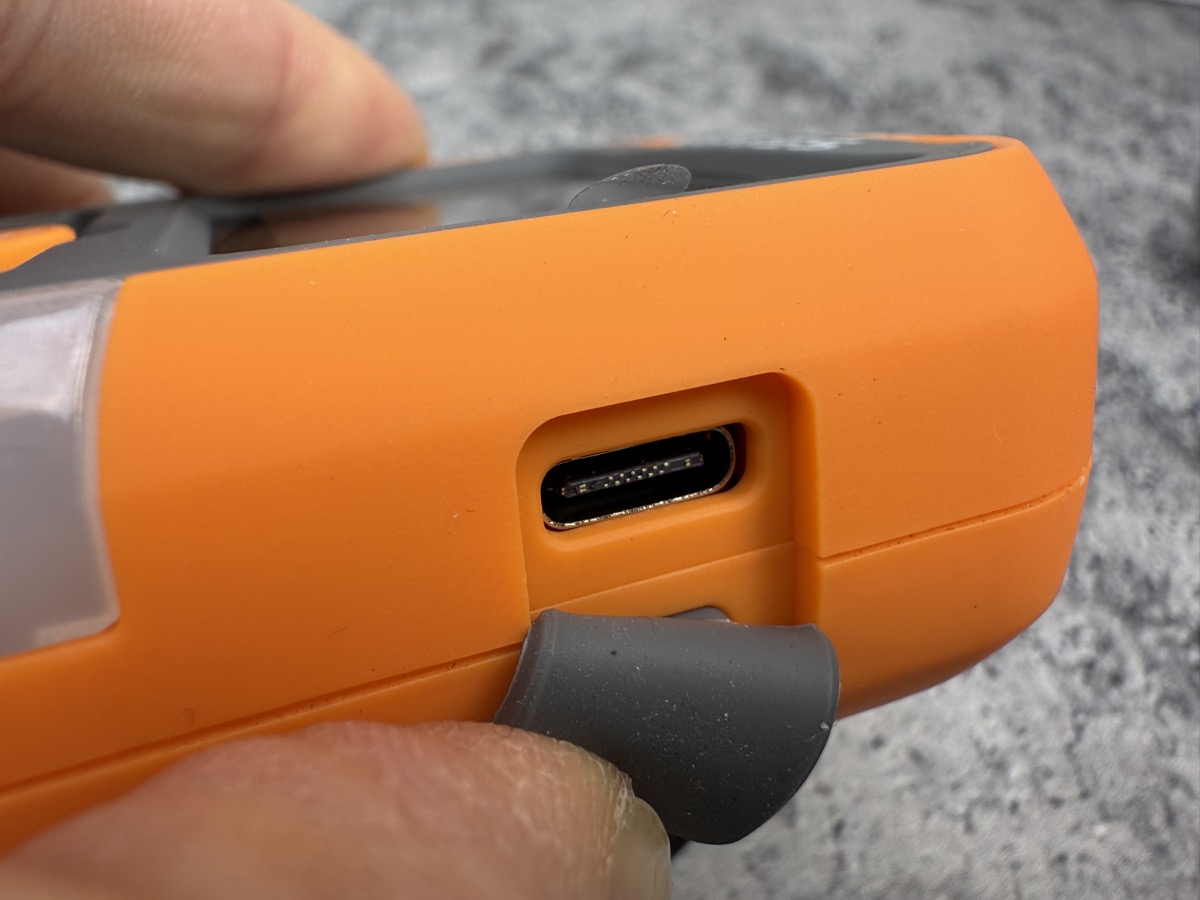
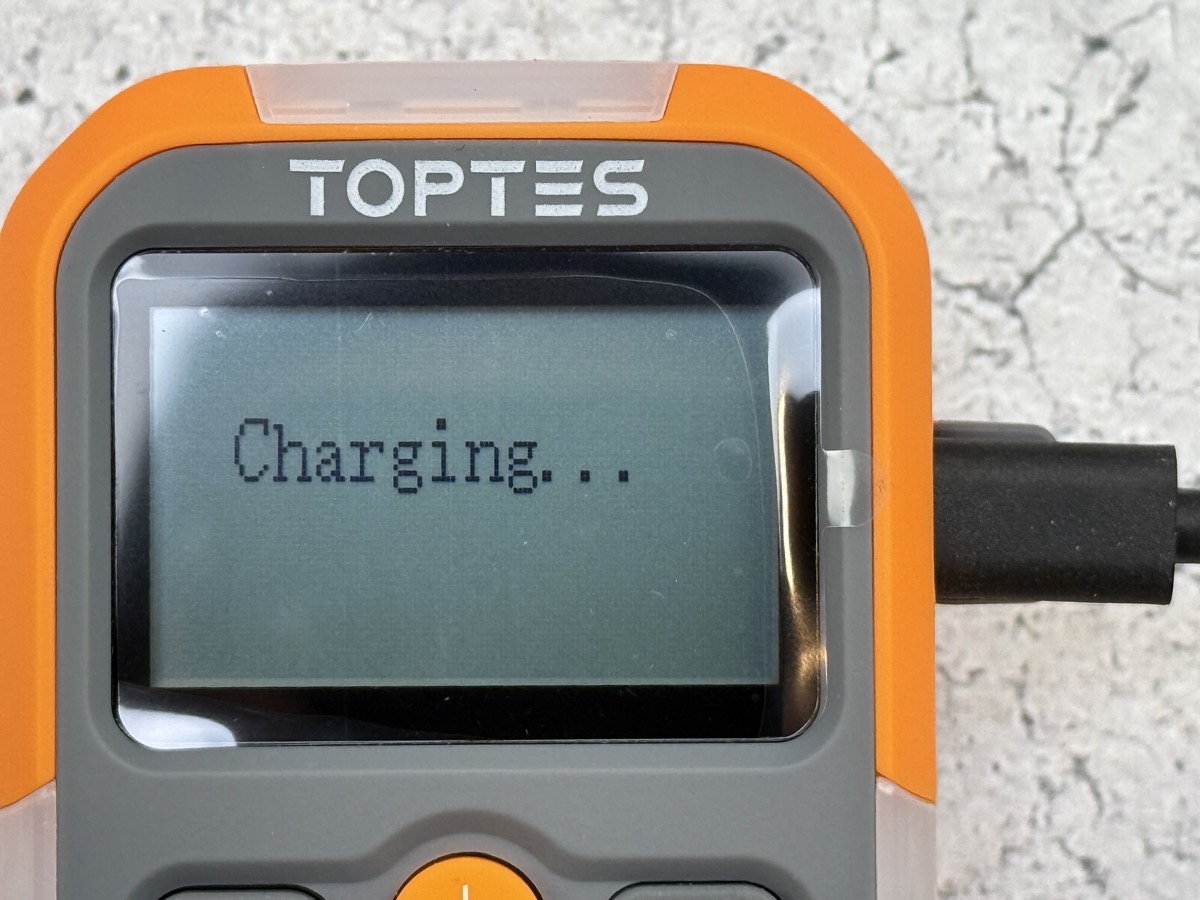
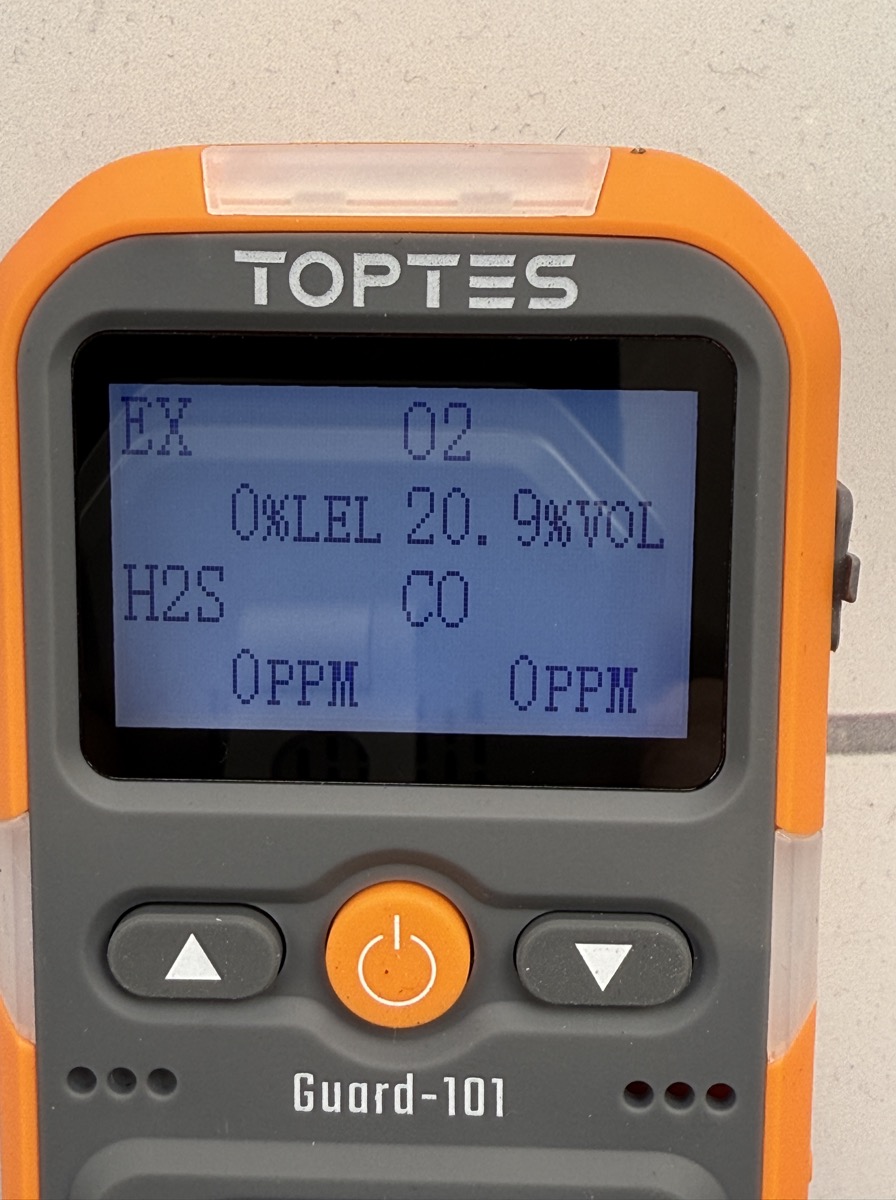
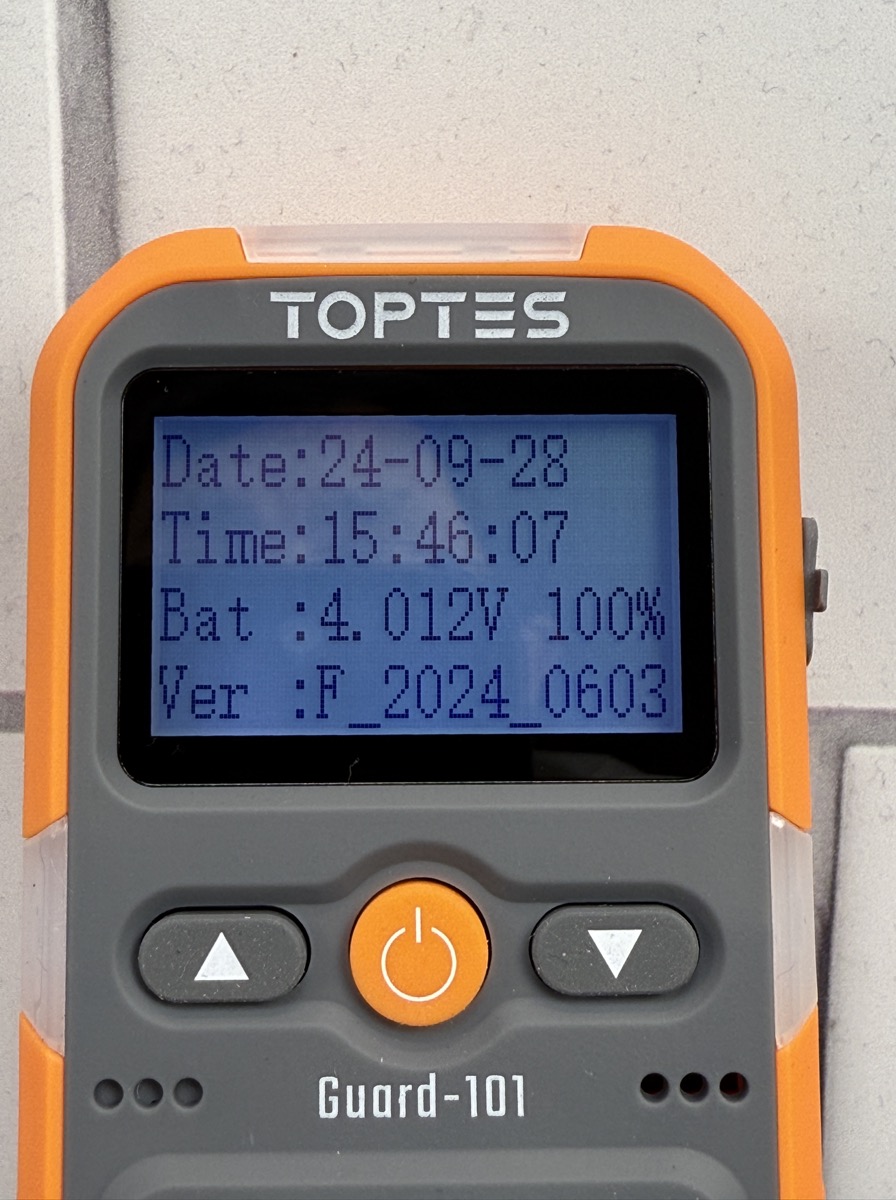
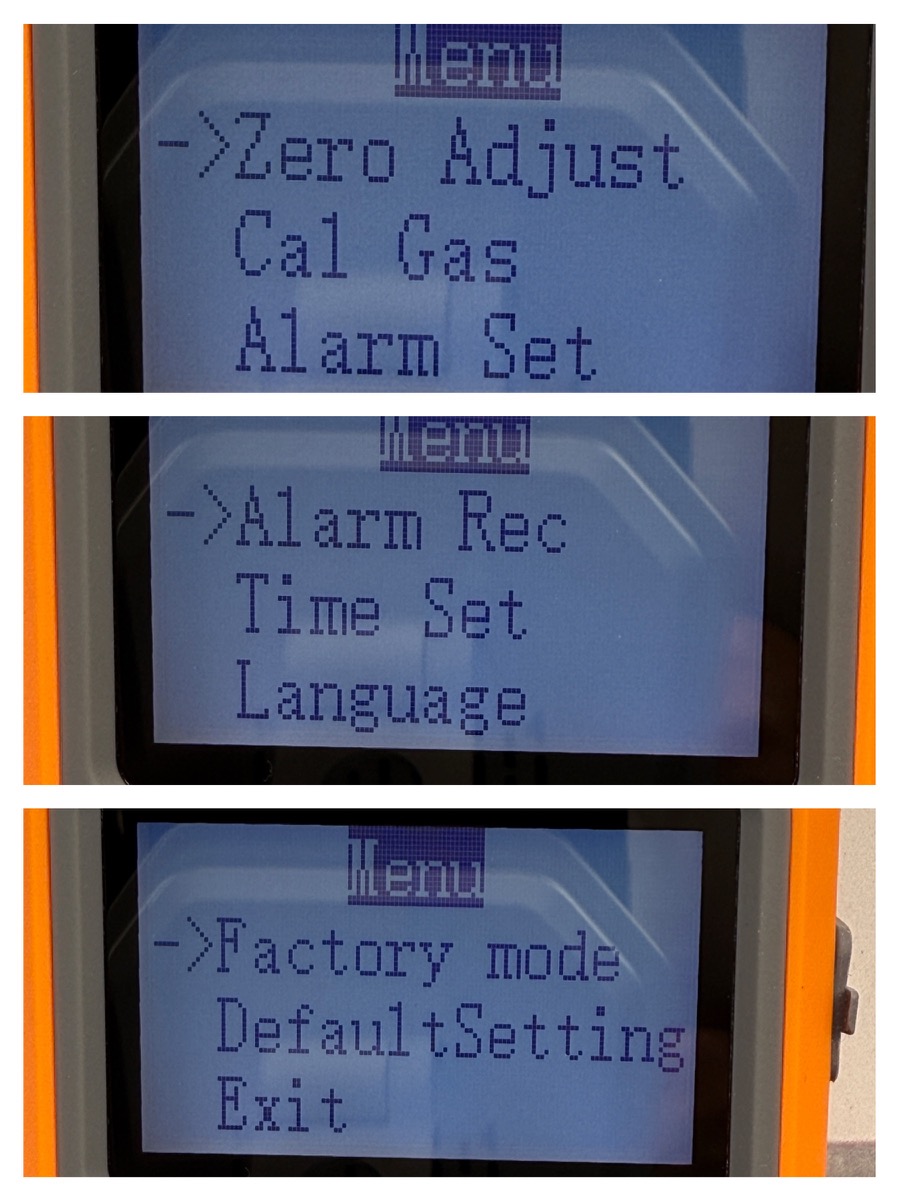
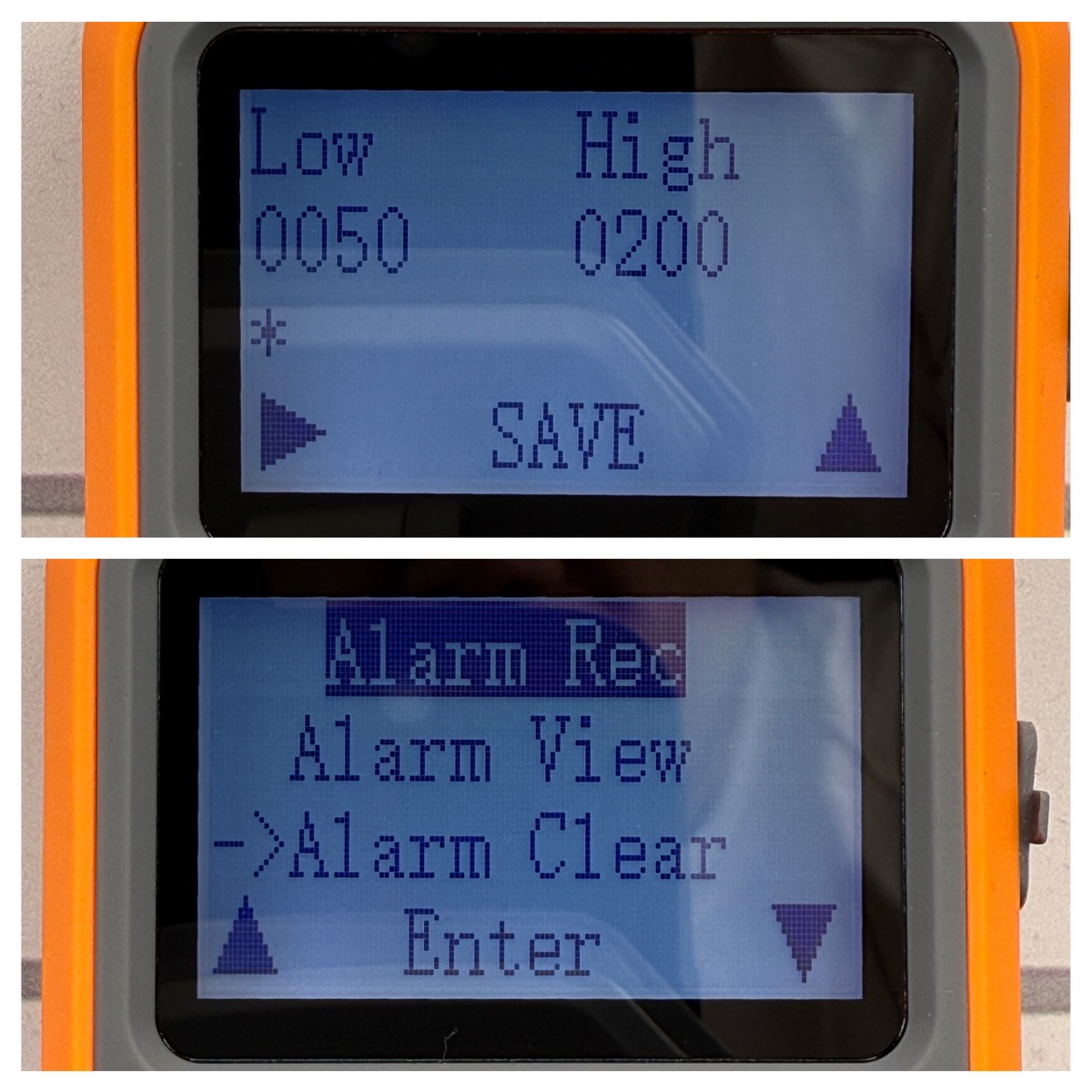
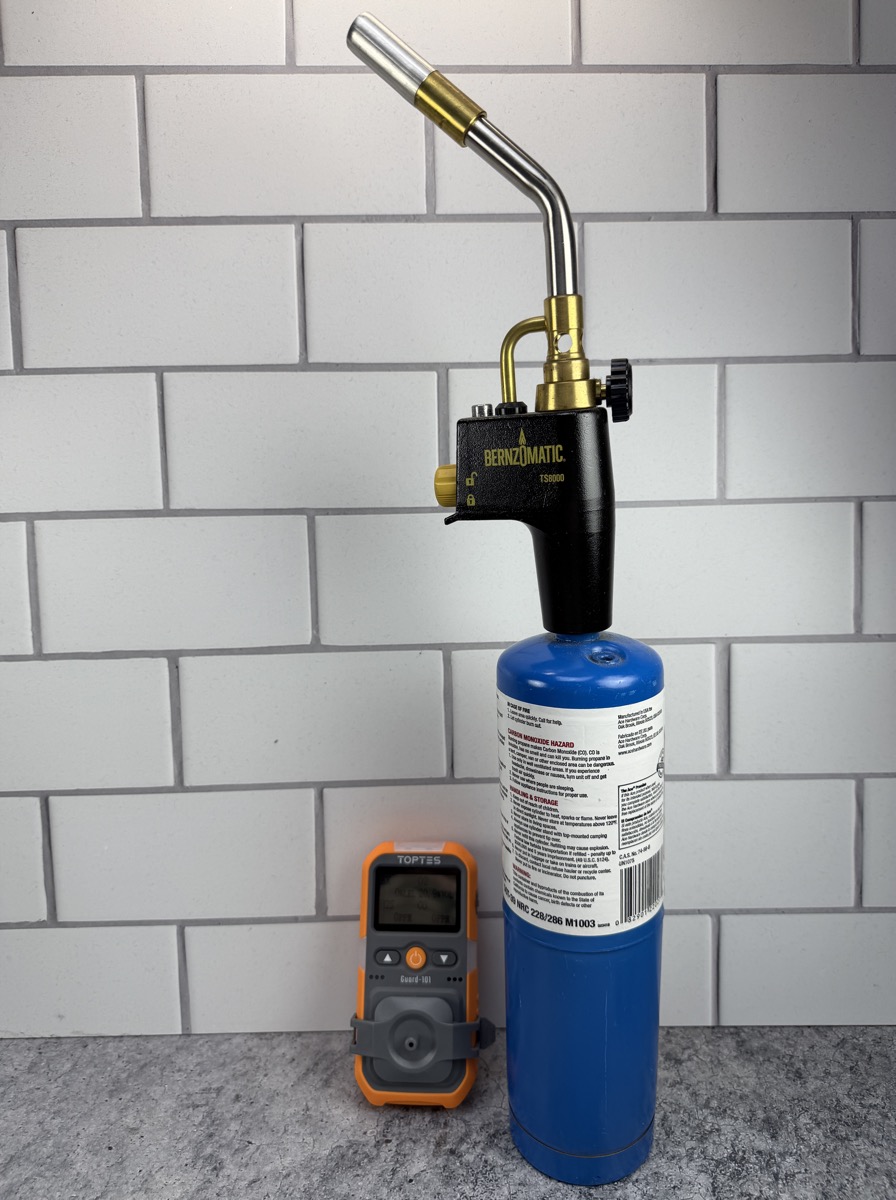
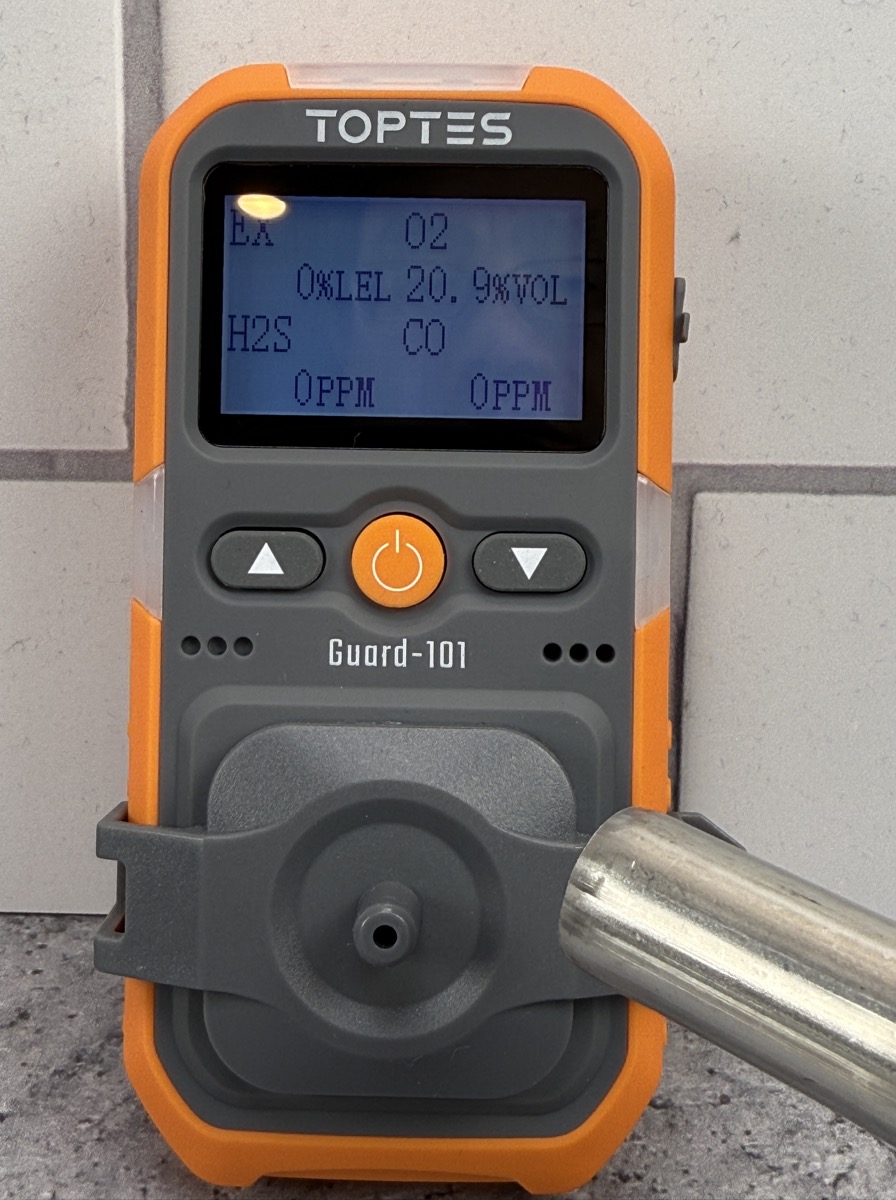
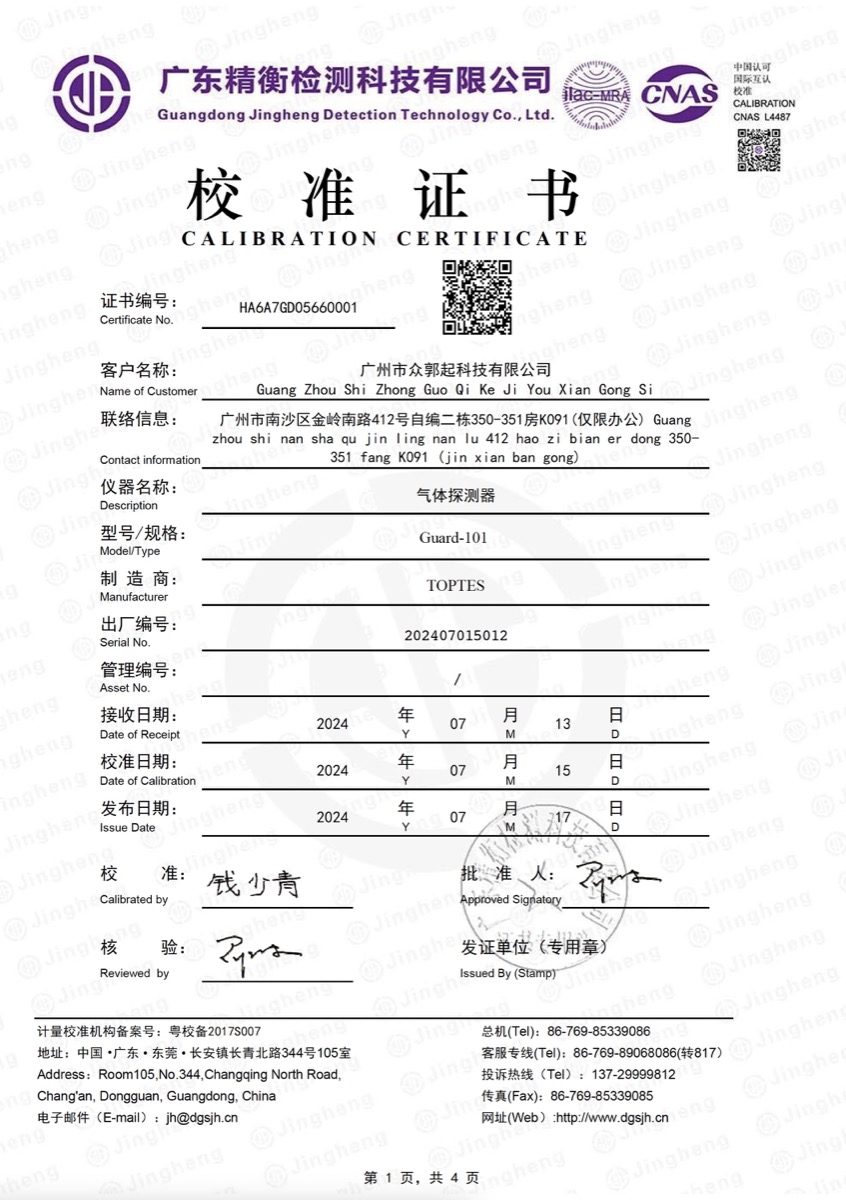
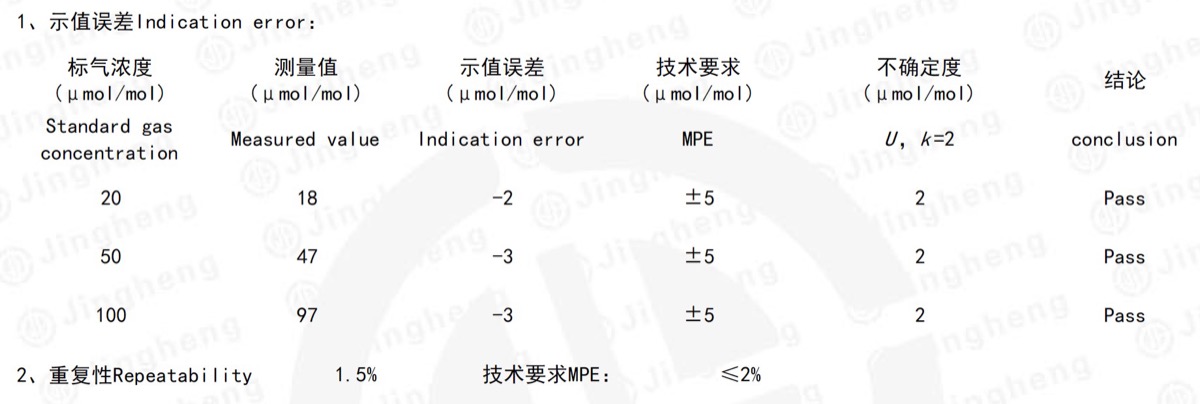


Gadgeteer Comment Policy - Please read before commenting
Any idea how to turn it off, just got one, set the time/date and the unit will not turn off. Runs until the battery dies.
Isn’t it powered off by holding down the center button?
tenere premuto il tasto di accensione quando è in stand by
la pagina successiva shutDown premere la freccia a sinistra ok e si spegne
I had to look this up. Manual says when the detector is in normal detection mode, press and hold the power button for 3 seconds. The screen will display the shutdown interface. Press the left button (OK) to power off. Press the right button (Quit) to cancel the shutdown.